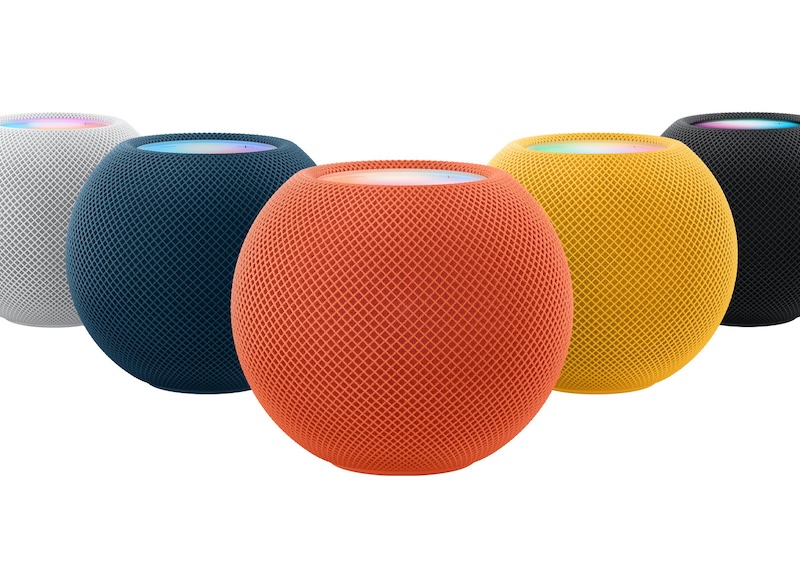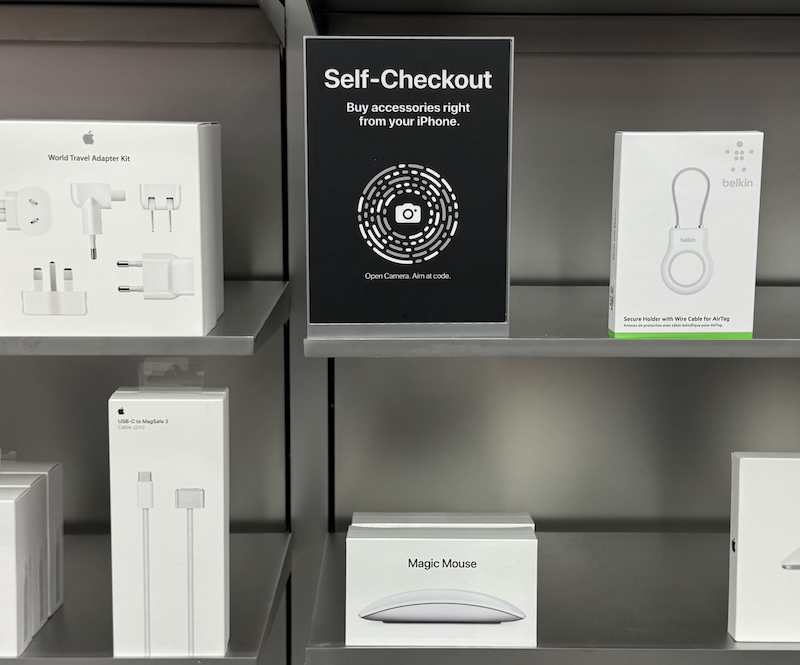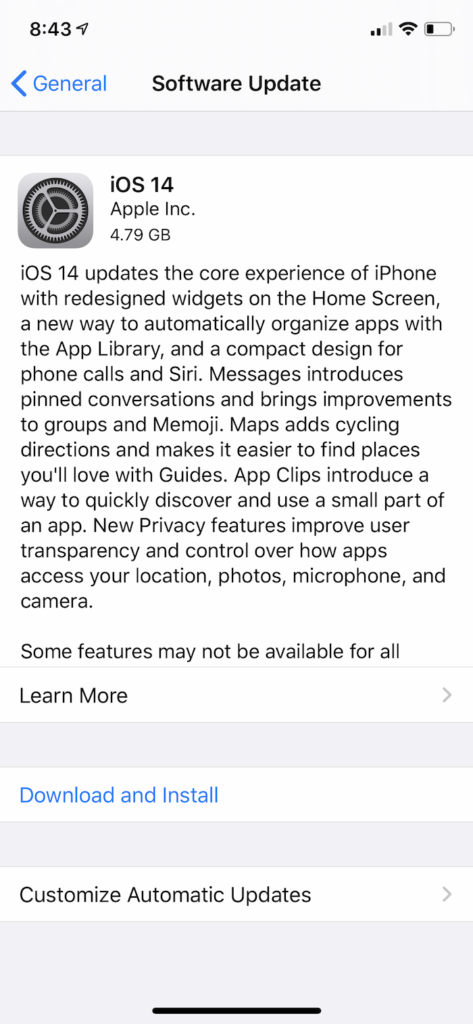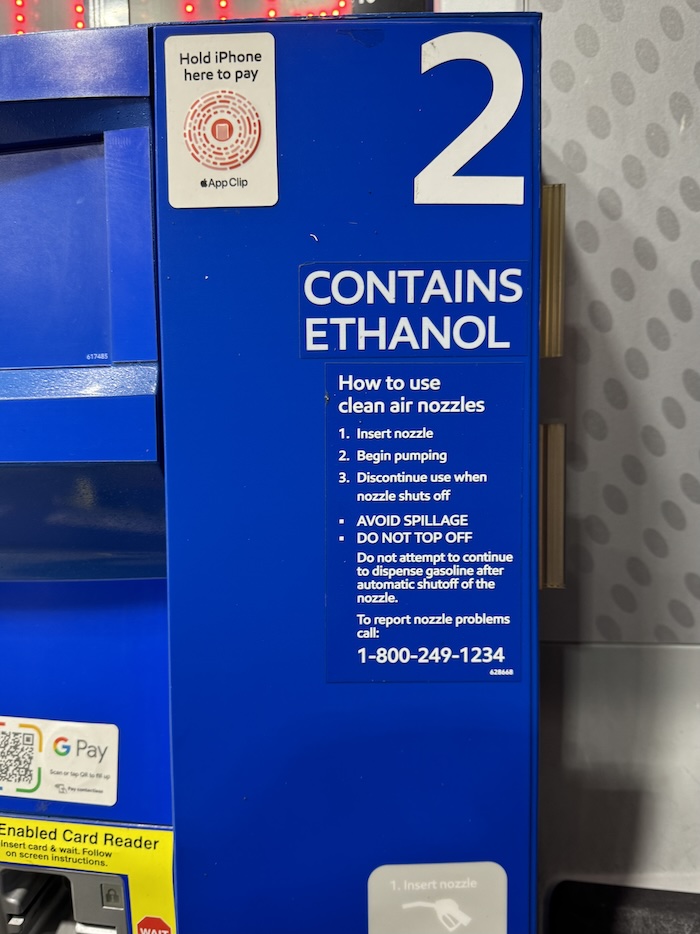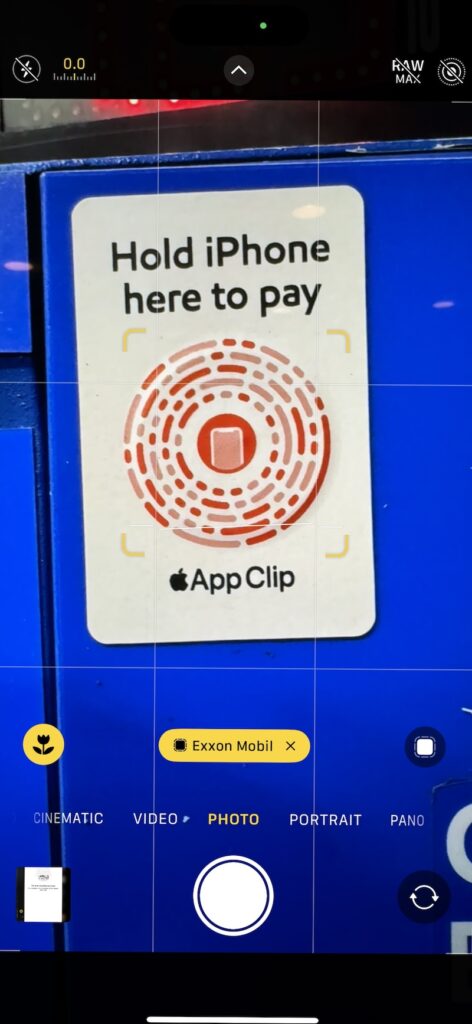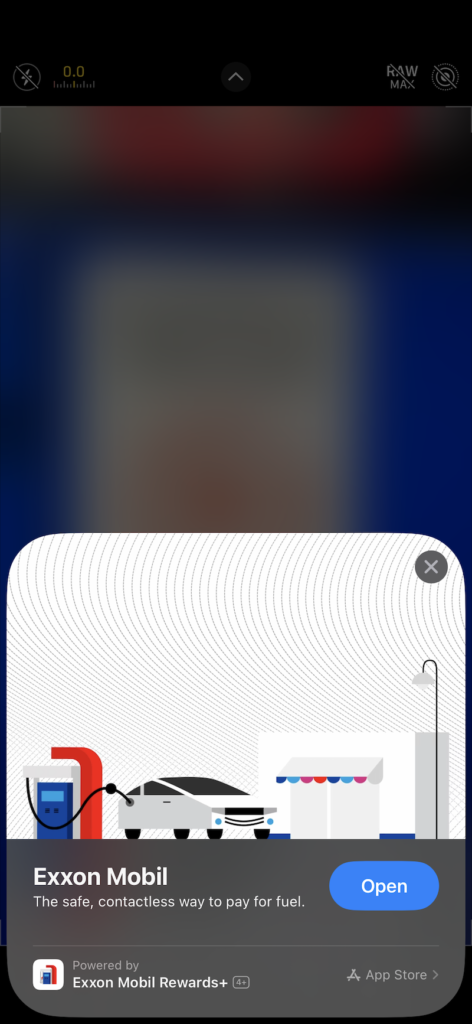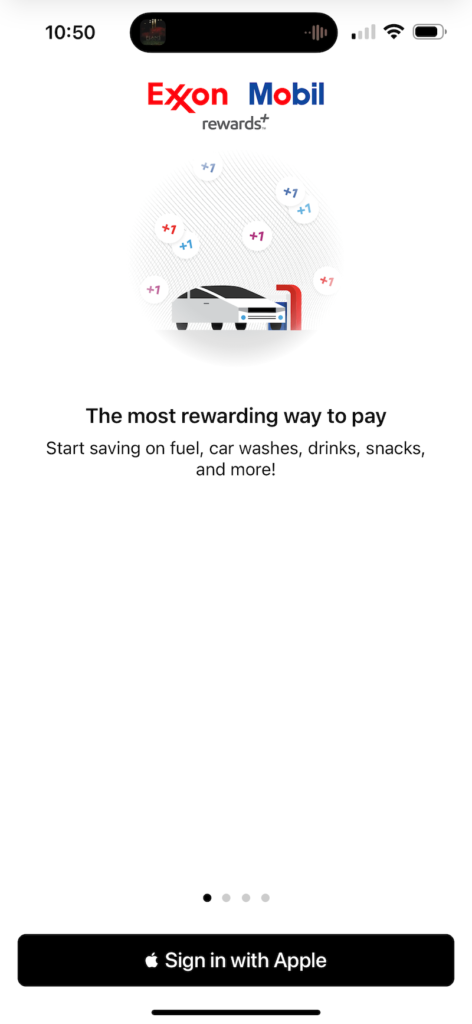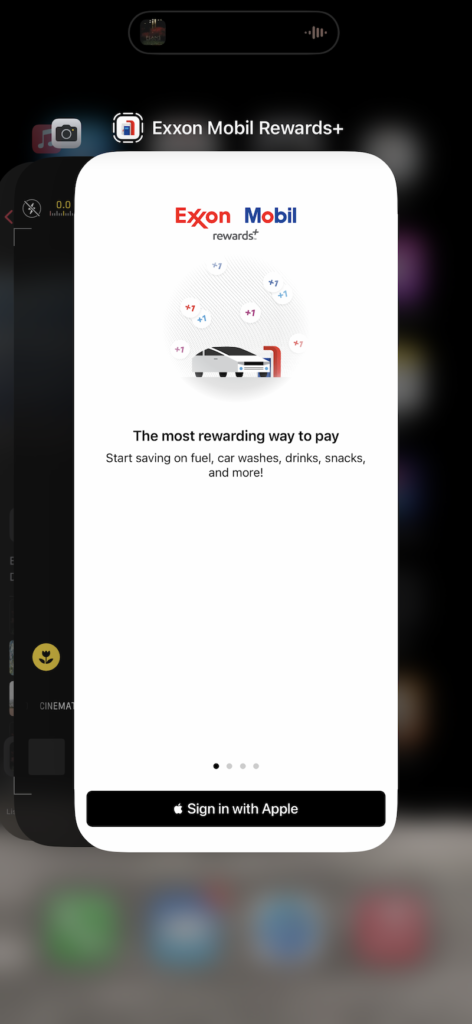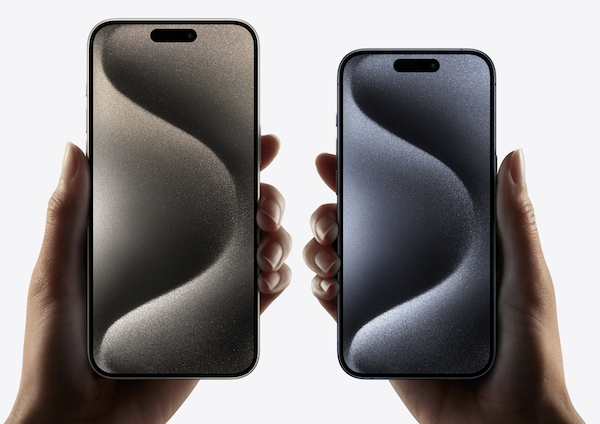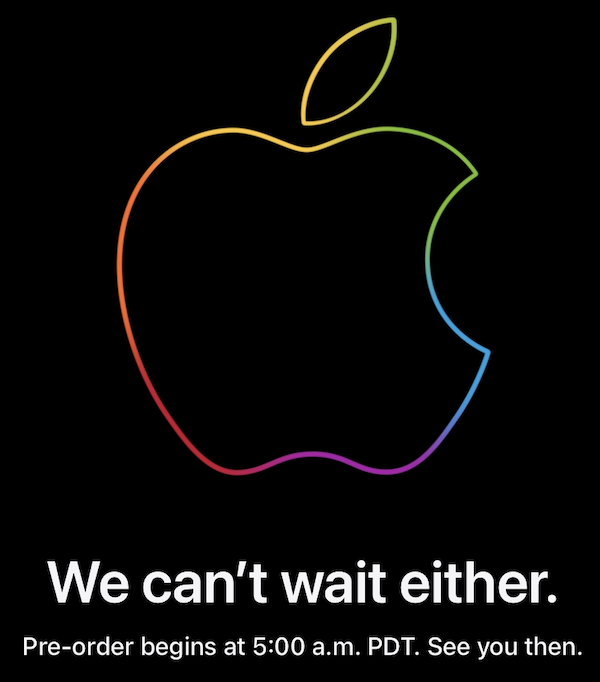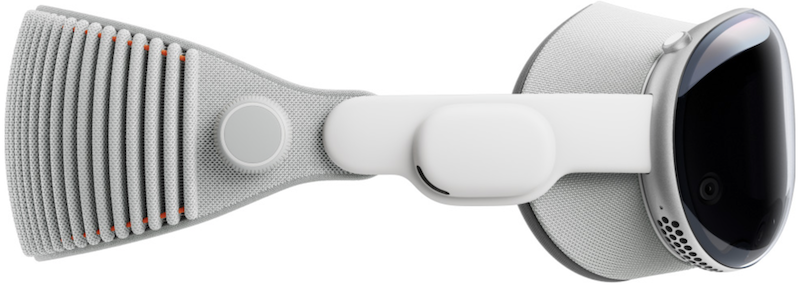
At 8:00am this morning, Apple began taking pre-orders for the new Apple Vision Pro, their new mixed reality spatial computer. Worn over your face, Vision Pro is able to add Apple software into your environment while allowing you to also interact with your environment and the people in it. Unlike a Mac that uses a mouse or an iPhone that uses touch, Vision Pro is controlled with your eyes, hand gestures, and your voice.
Rather than try to explain it, you can now visit the new Vision Pro Guided Tour website.
The pre-order process was pretty smooth. Unlike this past September’s iPhone 15 launch, I was able to get my pre-order in pretty quickly. The iOS Apple Store app promptly opened at 8:00am ET, I was able to pick my SKU, enter information about my eyeglasses prescription, and set the location, date, and time for my in store fitting and pick up. The whole thing was over in just about five minutes.
So, what did I get you ask?
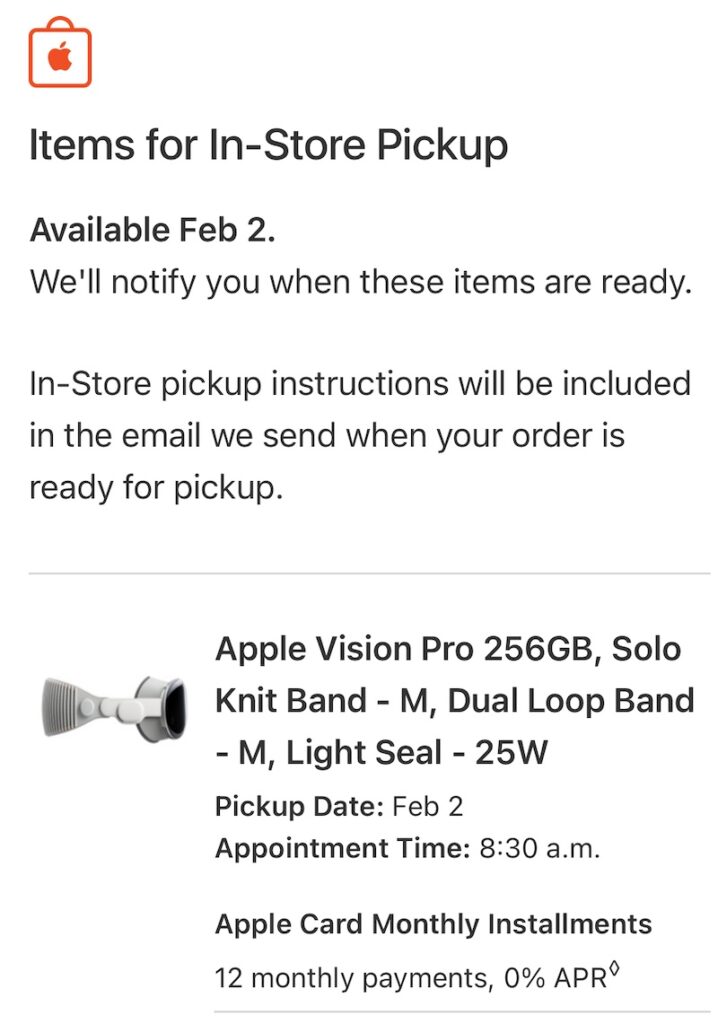
After my Mac Studio with Studio Display setup, the Apple Vision Pro is the second most expensive piece of gear that I’ve purchased. To keep costs as reasonable as possible, I chose the least expensive Vision Pro possible: the 256GB storage model. I also told myself that I wasn’t going to buy the rumored OLED iPad Pro this year because I was buying Vision Pro. I choose the 256GB model based on the storage usage on my iPhone. If I end up taking a lot of spatial videos, I’ll have to offload some of them if I start to run low on space.
There are other accessories that you might want to consider if you are thinking about buying an Apple Vision Pro. I also purchased the $49 Belkin battery clip – mostly because I’m an idiot – but I wanted to make sure that I didn’t catch the power cable on something. You can also purchase a $199 backup battery. Keep in mind, that the most optimistic runtime for Vision Pro is 2.5-hours. If you are going to be traveling on a plane and what to use Vision Pro, you might want to get a second battery. Me? I’ll risk it for now. The final accessory that will likely be a popular one, and one frankly, I feel should have been included in the box, is the $199 Travel Case. I haven’t purchased it yet, but I have a feeling come Feb. 9, I’ll end up buying it in the store.
I know that I said I wasn’t going to buy one of these, but a have to say, the FOMO is real.
Congratulations to everyone else who bought a Vision Pro with me today. I hope we really enjoy it!
